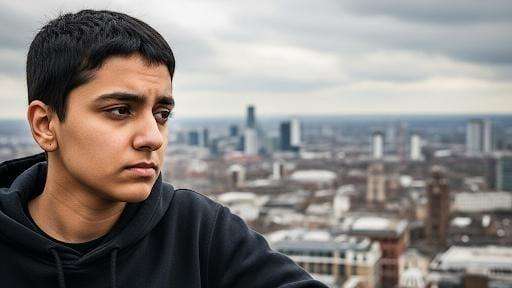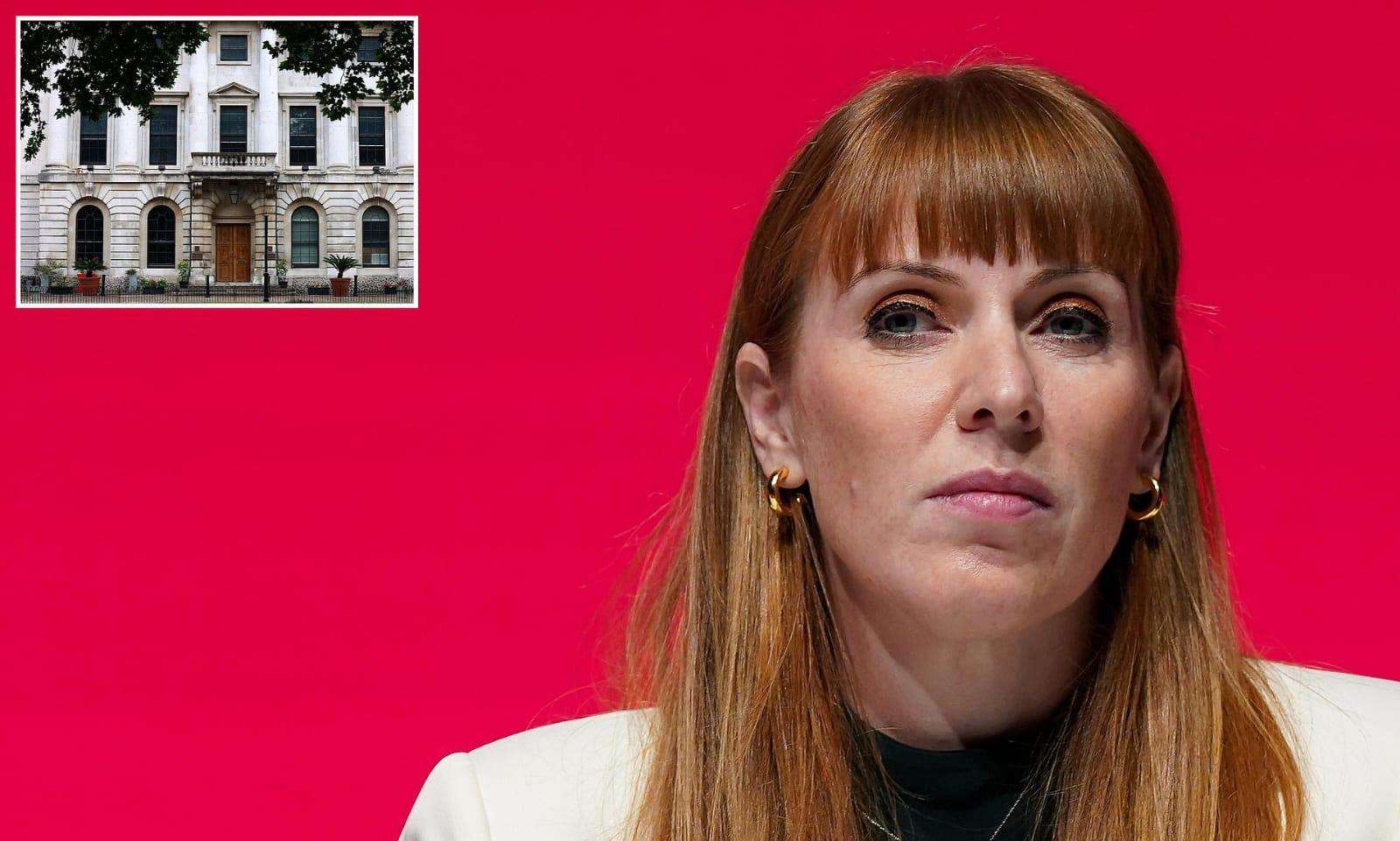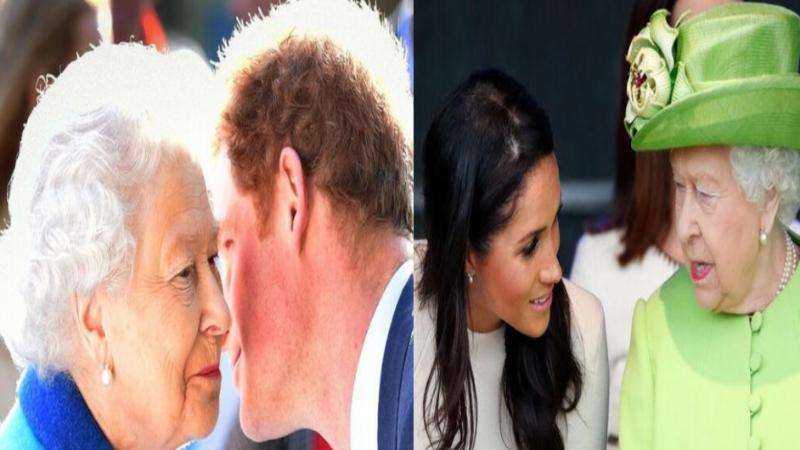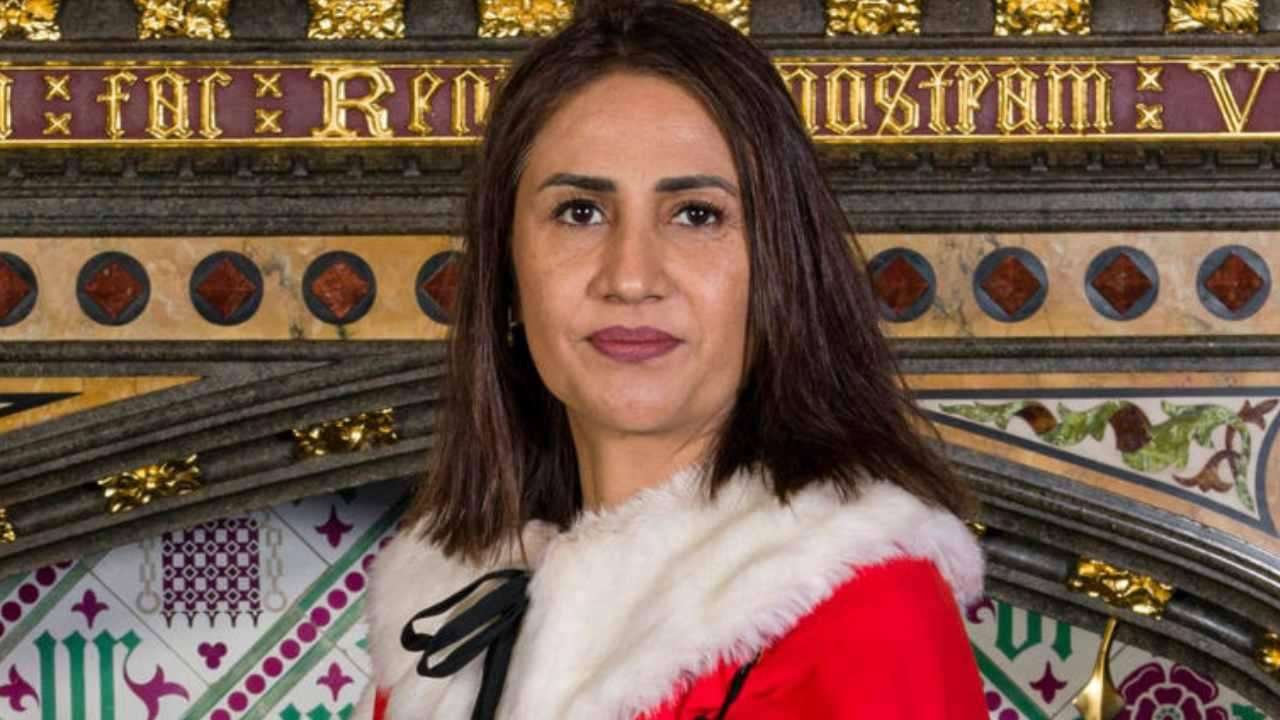The research found that nearly half of the poorest fifth of English households live in homes likely to get too hot, a risk three times greater than that faced by the wealthiest fifth. This disparity is particularly stark for minority ethnic households, with almost half of them facing the highest risk of overheating, Daily Dazzling Dawn understands.
In recent years, the consequences of this have become all too real, particularly in London, a city that suffers from the "urban heat island" effect. With over half of London homes at risk of overheating, compared to just 31% outside the capital, the problem is most severe in densely populated areas.
For the British Bangladeshi community, heavily concentrated in boroughs like Tower Hamlets, this is a matter of both health and racial justice. Decades of research have shown that the poorest and most vulnerable, including minority communities, are disproportionately affected by the climate crisis. In East London, a combination of a lack of green spaces, a high concentration of flats, and persistent issues with overcrowding creates a perfect storm. Recent data from the Office for National Statistics shows that British Bangladeshi households are twelve times more likely to be overcrowded than white British households. These cramped, poorly ventilated flats become dangerously hot, trapping families and putting their health at serious risk.
Experts are calling for urgent changes to building regulations. While current standards prioritize keeping homes warm in the winter, they are failing to address the very real and growing danger of heat in the summer. As the government prepares its "future homes standard," there is a clear call for a shift in focus to include provisions for keeping homes cool, such as better ventilation, external shutters, and the wider use of street trees. For many British Bangladeshi families, these changes are not just a matter of comfort, but a matter of safety and survival.

_1.jpg)





.svg)



_1.jpg)